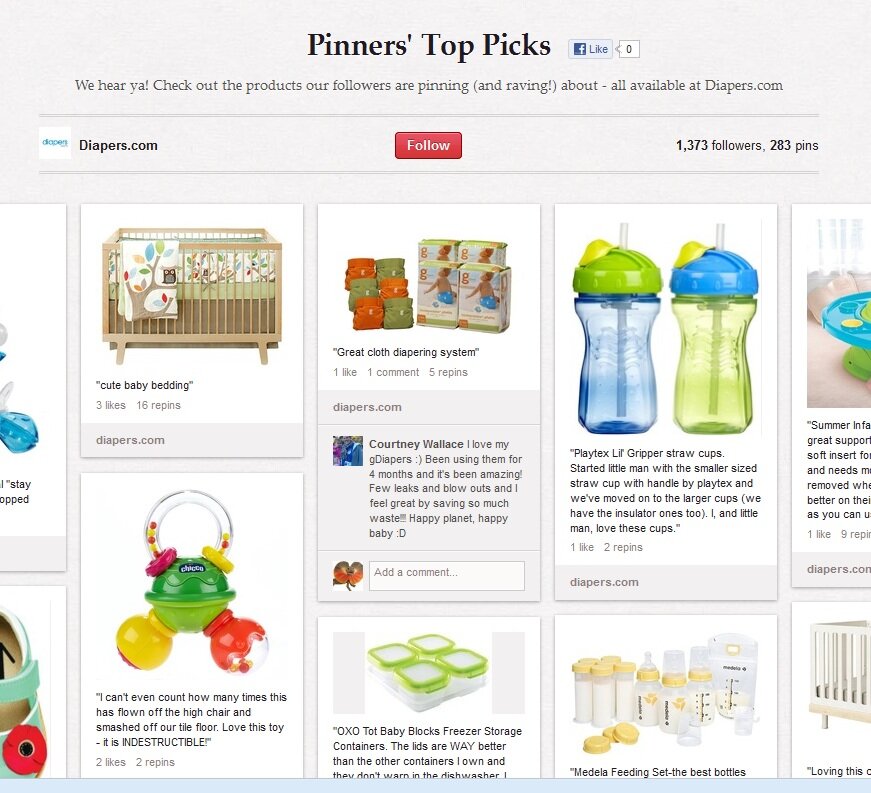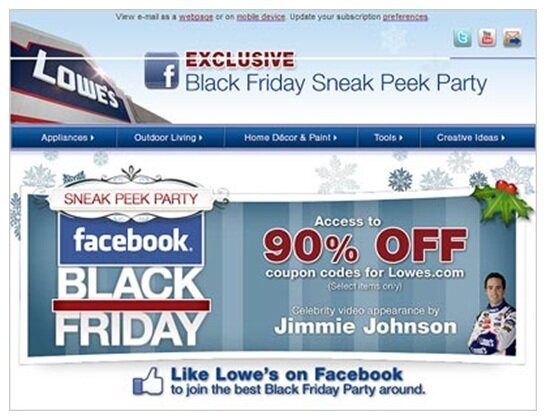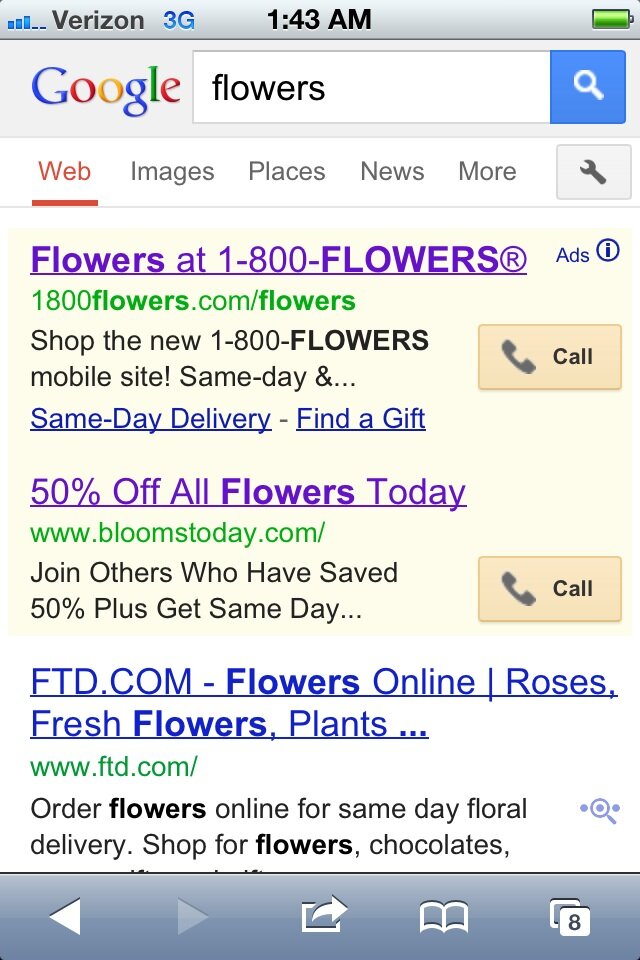Early results indicate a blockbuster holiday
November 30, 2012 Leave a Comment
The results are in from the first big selling events of the holiday season, and it appears that online sales are set to exceed expectations. Industry-wide, measurement firm comScore reported a whopping 32% increase in year-over-year sales on Thanksgiving Day, a 23% jump on Black Friday, and 17% on Cyber Monday. IBM’s Holiday Benchmark reports show even stronger results: Thanksgiving online sales grew by 17.4%, Black Friday sales increased 20.7%, and Cyber Monday revenues jumped 30.3%.
Perhaps even more heartening, data from the MarketLive Performance Index shows that those gains aren’t just confined to the biggest mega-merchants on the Web — far from it. Index merchants achieved gains even greater than the industry at large, with 59% reporting better results for Cyber Monday than the comScore 17% increase, and more than one in three reporting larger gains than the IBM 30% mark.

A deeper dive into the metrics shows that Index merchants scored increases in conversion and engagement while holding the line on cart abandonment. Furthermore, merchants managed to achieve these gains without sacrificing on the altar of deep discounts: overall order size held steady, increasing a full 14% on Thanksgiving Day and averaging 2% for the holiday weekend overall.
The results indicate that merchants who continue to match shoppers with relevant products and meet expectations for superior service stand to finish the year with blockbuster success. To communicate their brand’s unique value proposition and capitalize on early success, merchants should tweak their final campaigns of the year to emphasize:
A variety of products — including gift cards. Merchants should move beyond standard gift-guide categories such as “for him” or “gifts under $50” and offer items tailored to the lifestyle of their target audience. One item that’s of universal appeal: gift cards, which are sought by two-thirds of gift recipients, according to Shop.org. MarketLive merchant Perricone MD’s gift guide features a selection of beauty products aimed at distinct audiences, from a travel kit to a “best of Perricone” set that includes top sellers. Gift cards are prominently featured among the array, well above the fold.
![]()
Make key customer service information accessible everywhere. Merchants should prominently position links to delivery and returns information, product guarantees, physical store location hours and customer service chat links and phone numbers — not only throughout the eCommerce site, but on the mobile site and social outposts, to boot. MarketLive merchant Sport Chalet features a prominent “no sale is ever final” promise on its home page, and gives shoppers further opportunity to connect with customer service in a comprehensive “Holiday Information” banner in its global footer, including store hours, a gift card promotion, and links to holiday guides as well as information on returns and exchanges.


How has your holiday season been so far? What tactics will you pursue through the rest of the season?



























Connect with us: